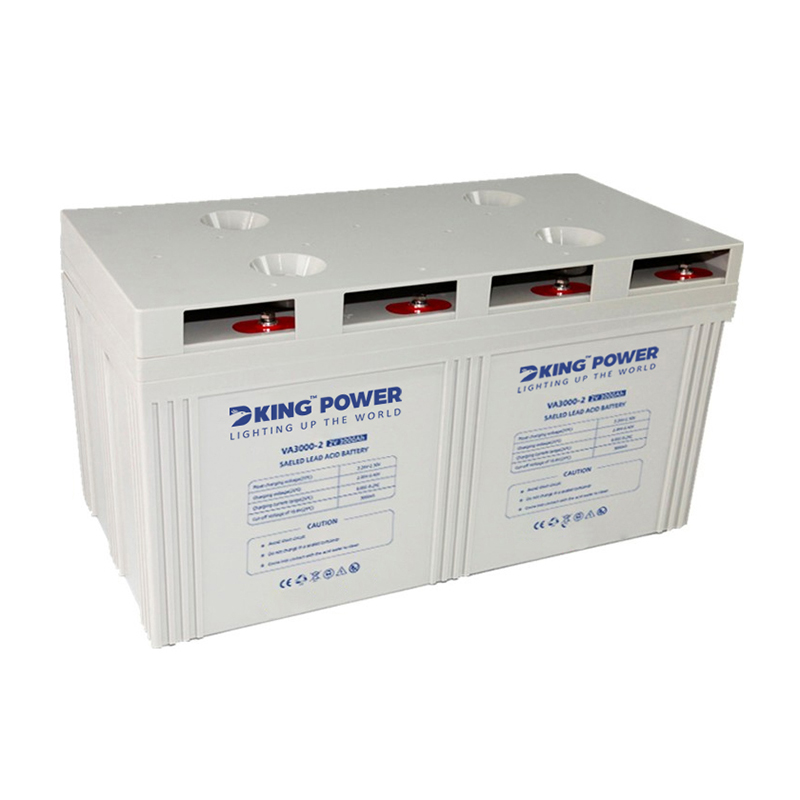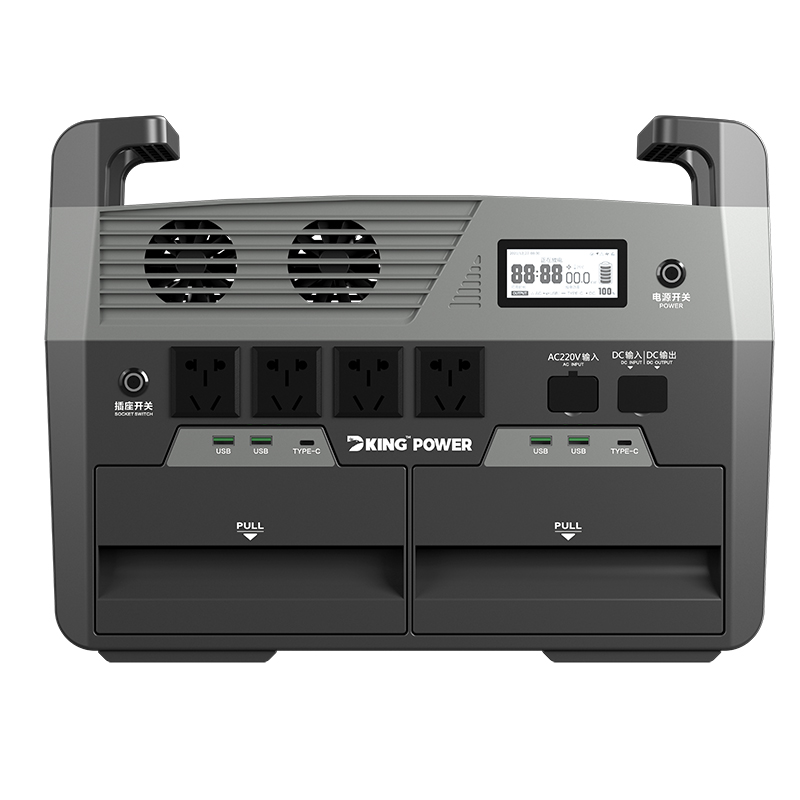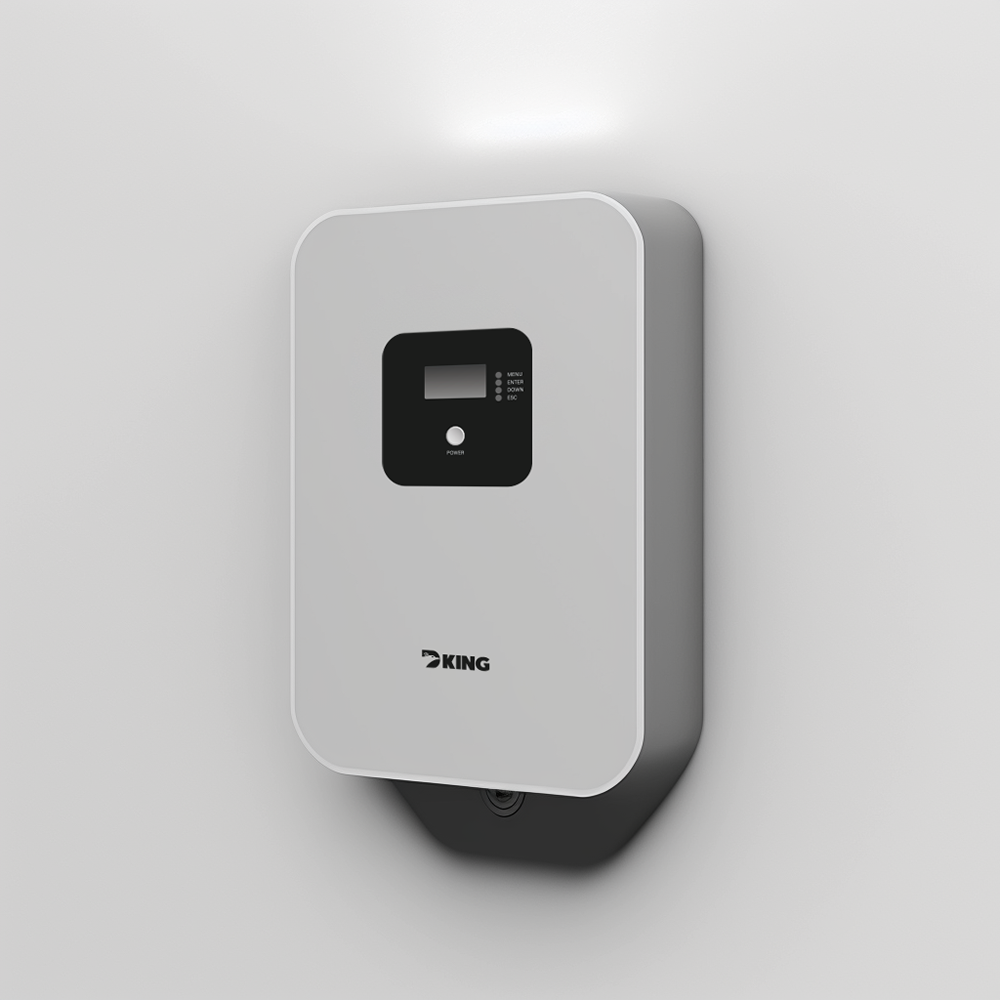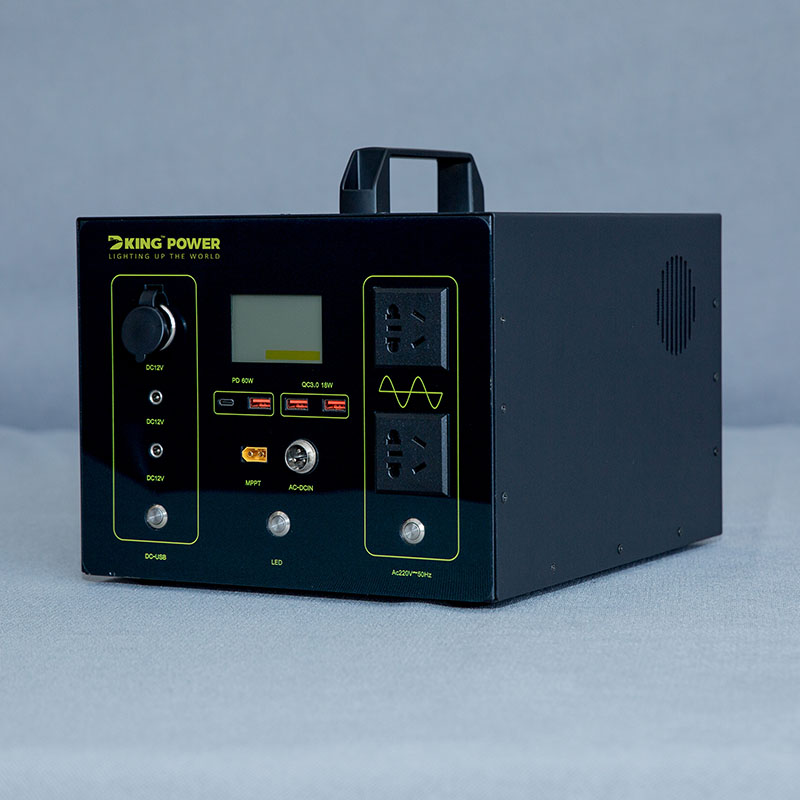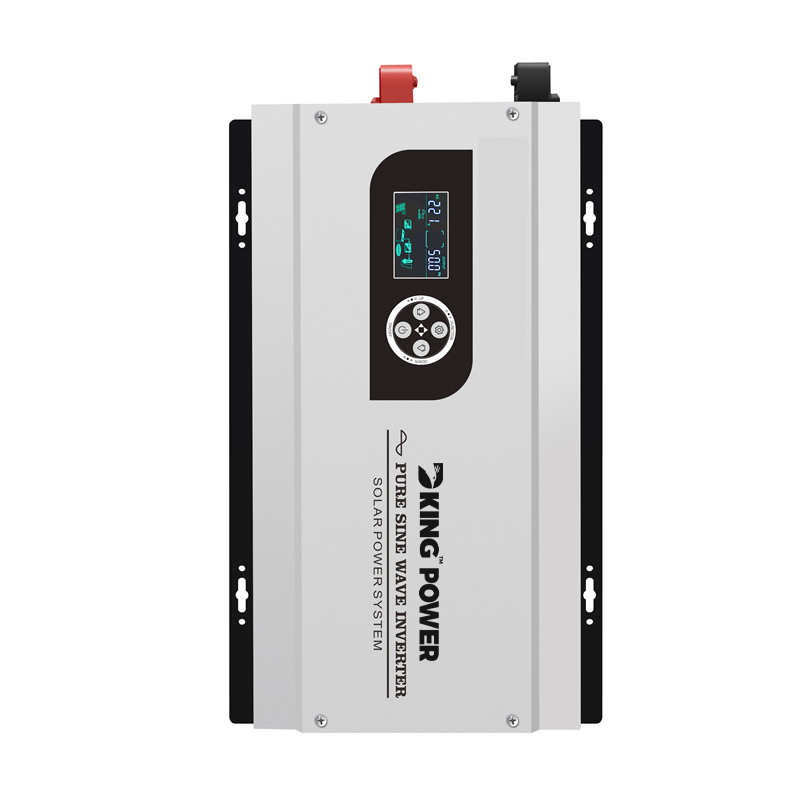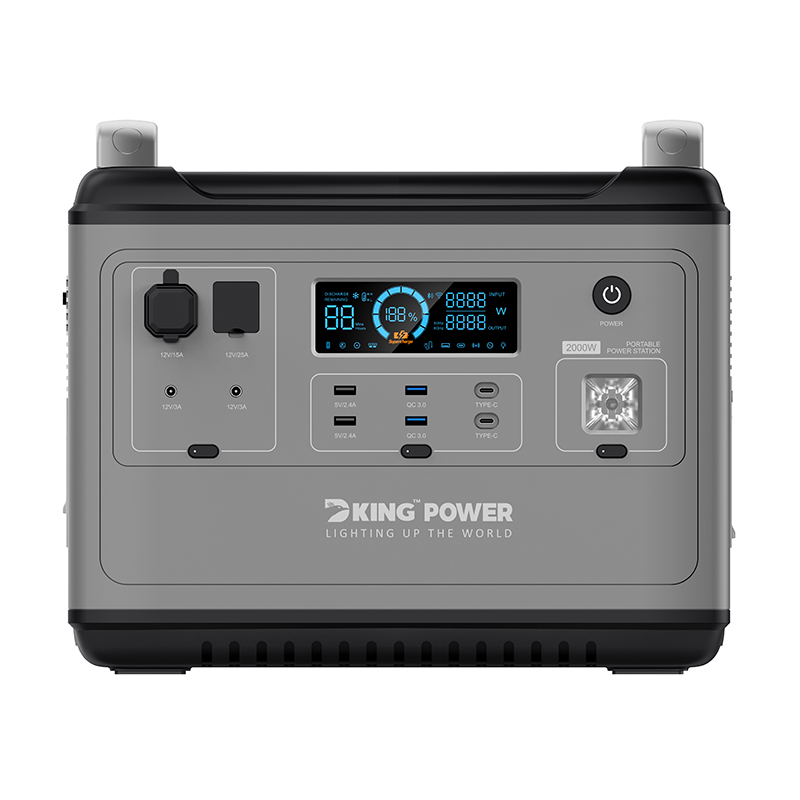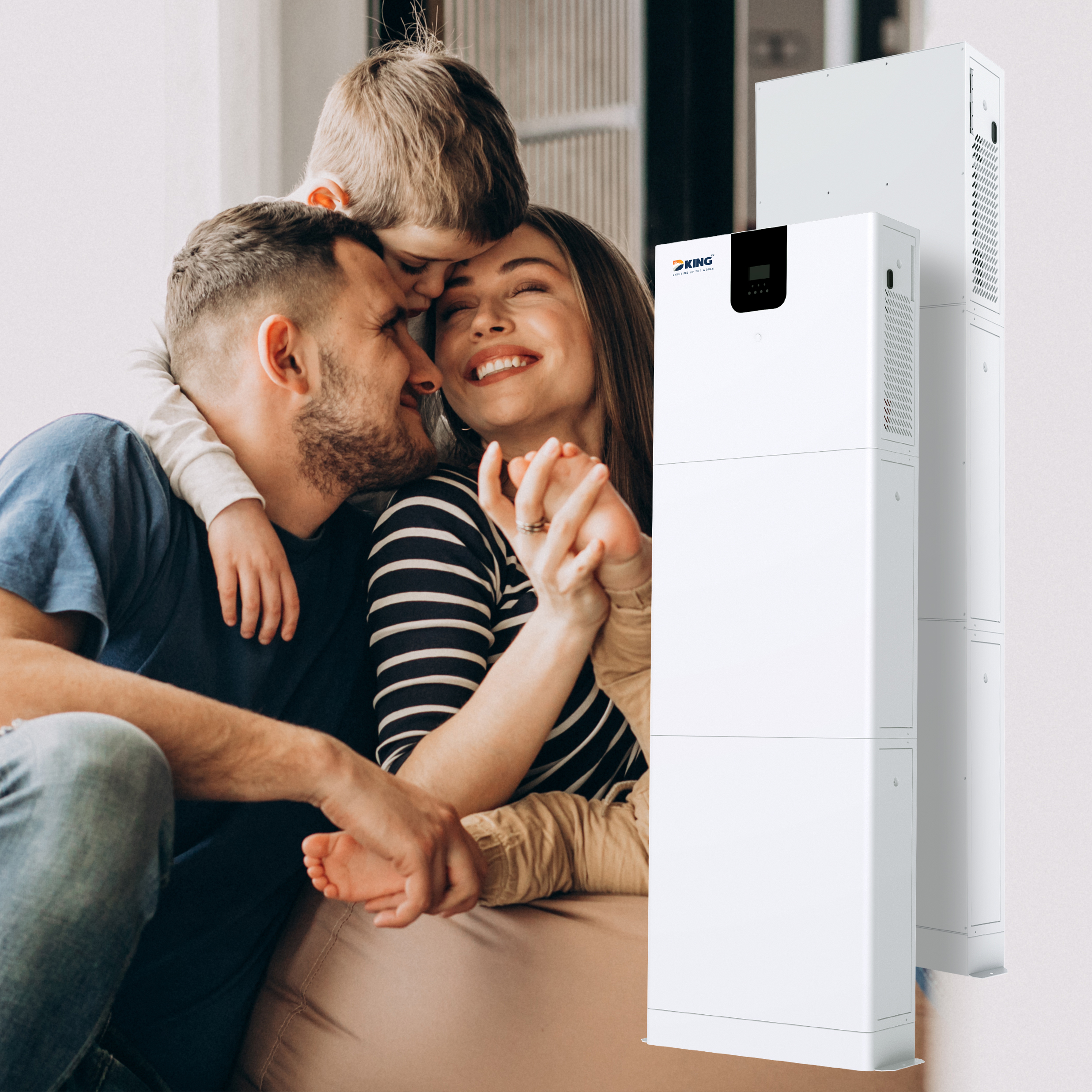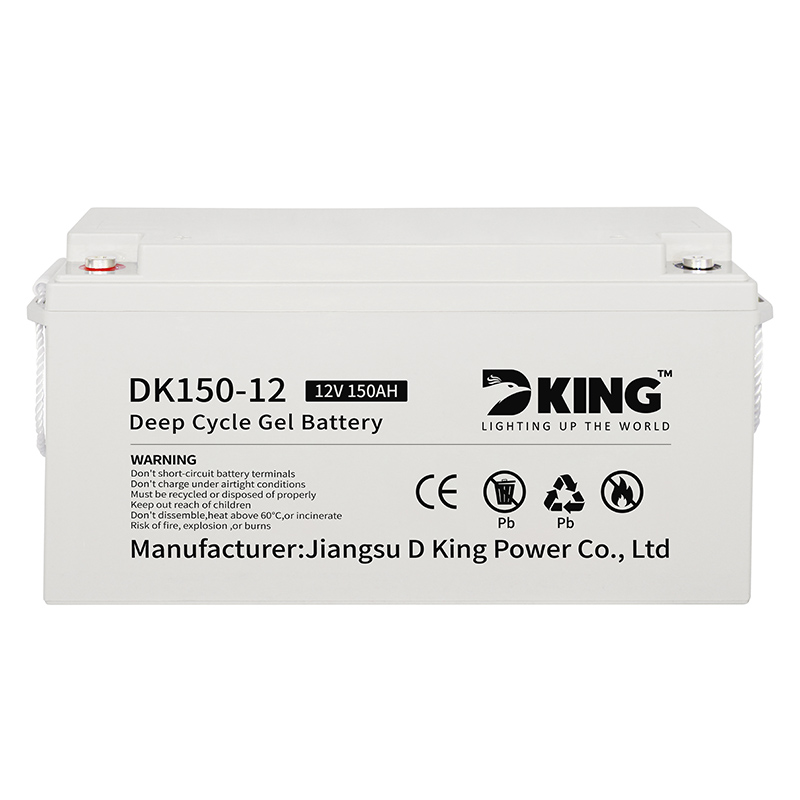| Model | Voltage | Capacity | Weight | Size |
| DKGB2-100 | 2v | 100Ah | 5.3kg | 171*71*205*205mm |
| DKGB2-200 | 2v | 200Ah | 12.7kg | 171*110*325*364mm |
| DKGB2-220 | 2v | 220Ah | 13.6kg | 171*110*325*364mm |
| DKGB2-250 | 2v | 250Ah | 16.6kg | 170*150*355*366mm |
| DKGB2-300 | 2v | 300Ah | 18.1kg | 170*150*355*366mm |
| DKGB2-400 | 2v | 400Ah | 25.8kg | 210*171*353*363mm |
| DKGB2-420 | 2v | 420Ah | 26.5kg | 210*171*353*363mm |
| DKGB2-450 | 2v | 450Ah | 27.9kg | 241*172*354*365mm |
| DKGB2-500 | 2v | 500Ah | 29.8kg | 241*172*354*365mm |
| DKGB2-600 | 2v | 600Ah | 36.2kg | 301*175*355*365mm |
| DKGB2-800 | 2v | 800Ah | 50.8kg | 410*175*354*365mm |
| DKGB2-900 | 2v | 900AH | 55.6kg | 474*175*351*365mm |
| DKGB2-1000 | 2v | 1000Ah | 59.4kg | 474*175*351*365mm |
| DKGB2-1200 | 2v | 1200Ah | 59.5kg | 474*175*351*365mm |
| DKGB2-1500 | 2v | 1500Ah | 96.8kg | 400*350*348*382mm |
| DKGB2-1600 | 2v | 1600Ah | 101.6kg | 400*350*348*382mm |
| DKGB2-2000 | 2v | 2000Ah | 120.8kg | 490*350*345*382mm |
| DKGB2-2500 | 2v | 2500Ah | 147kg | 710*350*345*382mm |
| DKGB2-3000 | 2v | 3000Ah | 185kg | 710*350*345*382mm |


Lead ingot raw materials
Polar plate process
Electrode welding
Assemble process
Sealing process
Filling process
Charging process
Storage and shipping
 Principle of common storage battery The battery is a reversible DC power supply, a chemical device that provides and stores electrical energy. The so-called reversibility refers to the recovery of electric energy after discharge. The electric energy of the battery is generated by the chemical reaction between two different plates immersed in the electrolyte. Battery discharge (discharge current) is a process in which chemical energy is converted into electrical energy; Battery charging (inflow current) is a process in which electrical energy is converted into chemical energy. For example, lead-acid battery is composed of positive and negative plates, electrolyte and electrolytic cell. The active substance of the positive plate is lead dioxide (PbO2), the active substance of the negative plate is gray spongy metal lead (Pb), and the electrolyte is sulfuric acid solution. During the charging process, under the action of an external electric field, the positive and negative ions migrate through each pole, and chemical reactions occur at the electrode solution interface. During charging, the lead sulfate of the electrode plate recovers to PbO2, the lead sulfate of the negative electrode plate recovers to Pb, the H2SO4 in the electrolyte increases, and the density increases. The charging is carried out until the active substance on the electrode plate completely recovers to the state before discharge. If the battery continues to be charged, it will cause water electrolysis and emit a lot of bubbles. The positive and negative electrodes of the battery are immersed in the electrolyte. As a small amount of active substances are dissolved in the electrolyte, the electrode potential is generated. The electromotive force of the battery is formed due to the difference of the electrode potential of the positive and negative plates. When the positive plate is immersed in the electrolyte, a small amount of PbO2 dissolves into the electrolyte, generates Pb (HO) 4 with water, and then decomposes into fourth order lead ions and hydroxide ions. When they reach dynamic balance, the potential of positive plate is about+2V. The metal Pb at the negative plate reacts with the electrolyte to become Pb+2, and the electrode plate is negatively charged. Because positive and negative charges attract each other, Pb+2 tends to sink on the surface of the electrode plate. When the two reach dynamic balance, the electrode potential of the electrode plate is about -0.1V. The static electromotive force E0 of a fully charged battery (single cell) is about 2.1V, and the actual test result is 2.044V. When the battery is discharged, the electrolyte inside the battery is electrolyzed, the positive plate PbO2 and the negative plate Pb become PbSO4, and the electrolyte sulfuric acid decreases. Density decreases. Outside the battery, the negative charge pole on the negative pole flows to the positive pole continuously under the action of the battery electromotive force. The whole system forms a loop: oxidation reaction takes place at the negative pole of the battery, and reduction reaction takes place at the positive pole of the battery. As the reduction reaction on the positive electrode makes the electrode potential of the positive plate gradually decrease, and the oxidation reaction on the negative plate makes the electrode potential increase, the whole process will cause the decrease of the battery electromotive force. The discharge process of the battery is the reverse of its charging process. After the battery is discharged, 70% to 80% of the active substances on the electrode plate have no effect. A good battery should fully improve the utilization rate of active substances on the plate.
Principle of common storage battery The battery is a reversible DC power supply, a chemical device that provides and stores electrical energy. The so-called reversibility refers to the recovery of electric energy after discharge. The electric energy of the battery is generated by the chemical reaction between two different plates immersed in the electrolyte. Battery discharge (discharge current) is a process in which chemical energy is converted into electrical energy; Battery charging (inflow current) is a process in which electrical energy is converted into chemical energy. For example, lead-acid battery is composed of positive and negative plates, electrolyte and electrolytic cell. The active substance of the positive plate is lead dioxide (PbO2), the active substance of the negative plate is gray spongy metal lead (Pb), and the electrolyte is sulfuric acid solution. During the charging process, under the action of an external electric field, the positive and negative ions migrate through each pole, and chemical reactions occur at the electrode solution interface. During charging, the lead sulfate of the electrode plate recovers to PbO2, the lead sulfate of the negative electrode plate recovers to Pb, the H2SO4 in the electrolyte increases, and the density increases. The charging is carried out until the active substance on the electrode plate completely recovers to the state before discharge. If the battery continues to be charged, it will cause water electrolysis and emit a lot of bubbles. The positive and negative electrodes of the battery are immersed in the electrolyte. As a small amount of active substances are dissolved in the electrolyte, the electrode potential is generated. The electromotive force of the battery is formed due to the difference of the electrode potential of the positive and negative plates. When the positive plate is immersed in the electrolyte, a small amount of PbO2 dissolves into the electrolyte, generates Pb (HO) 4 with water, and then decomposes into fourth order lead ions and hydroxide ions. When they reach dynamic balance, the potential of positive plate is about+2V. The metal Pb at the negative plate reacts with the electrolyte to become Pb+2, and the electrode plate is negatively charged. Because positive and negative charges attract each other, Pb+2 tends to sink on the surface of the electrode plate. When the two reach dynamic balance, the electrode potential of the electrode plate is about -0.1V. The static electromotive force E0 of a fully charged battery (single cell) is about 2.1V, and the actual test result is 2.044V. When the battery is discharged, the electrolyte inside the battery is electrolyzed, the positive plate PbO2 and the negative plate Pb become PbSO4, and the electrolyte sulfuric acid decreases. Density decreases. Outside the battery, the negative charge pole on the negative pole flows to the positive pole continuously under the action of the battery electromotive force. The whole system forms a loop: oxidation reaction takes place at the negative pole of the battery, and reduction reaction takes place at the positive pole of the battery. As the reduction reaction on the positive electrode makes the electrode potential of the positive plate gradually decrease, and the oxidation reaction on the negative plate makes the electrode potential increase, the whole process will cause the decrease of the battery electromotive force. The discharge process of the battery is the reverse of its charging process. After the battery is discharged, 70% to 80% of the active substances on the electrode plate have no effect. A good battery should fully improve the utilization rate of active substances on the plate.

